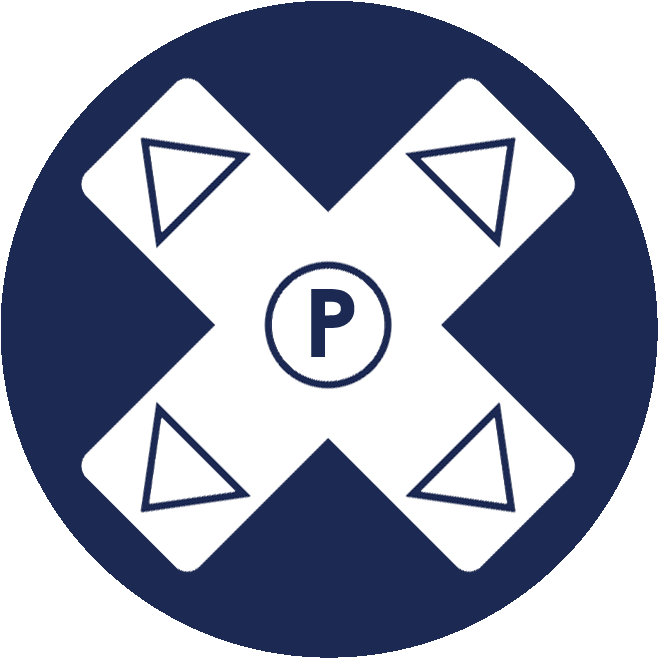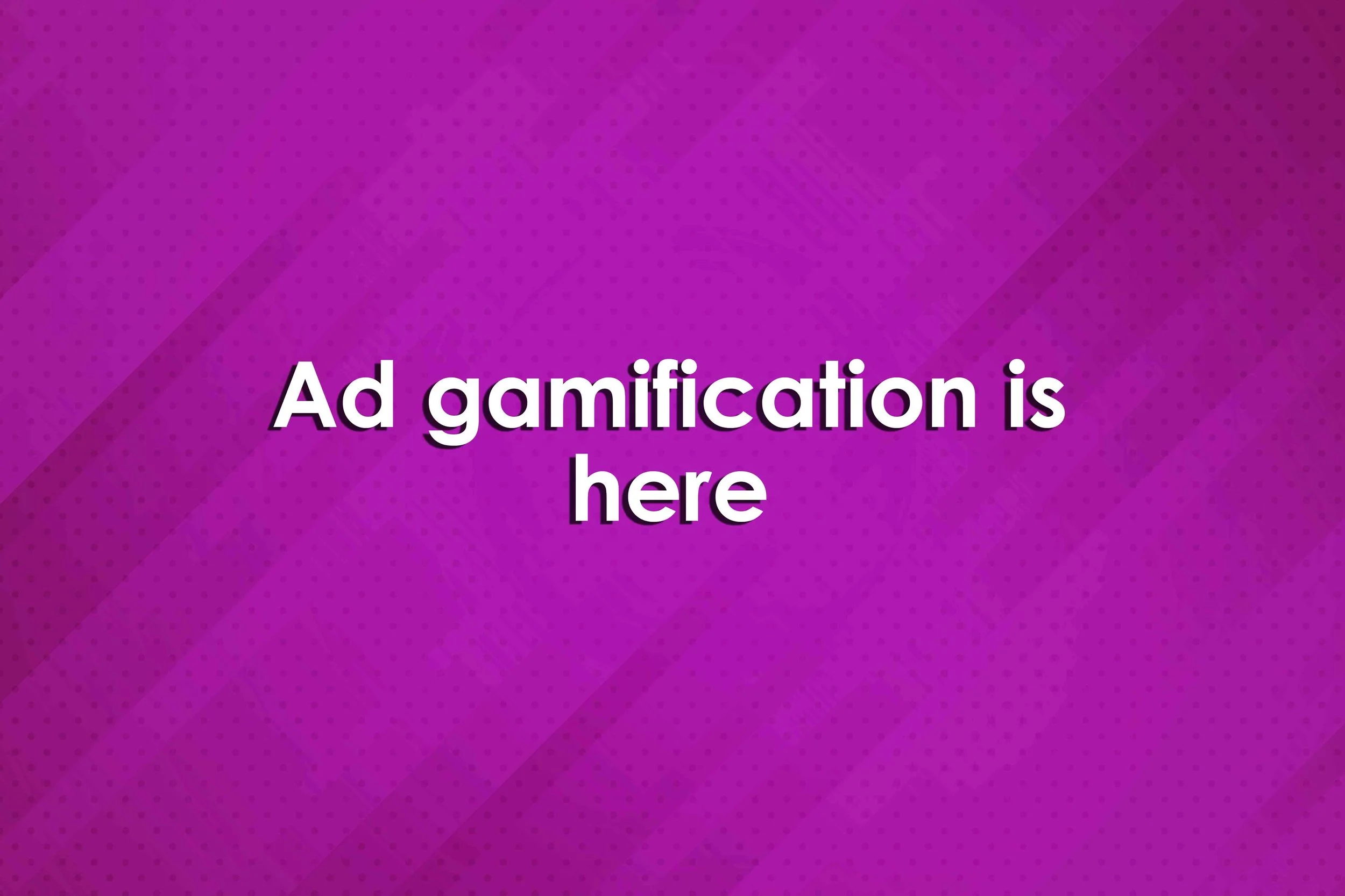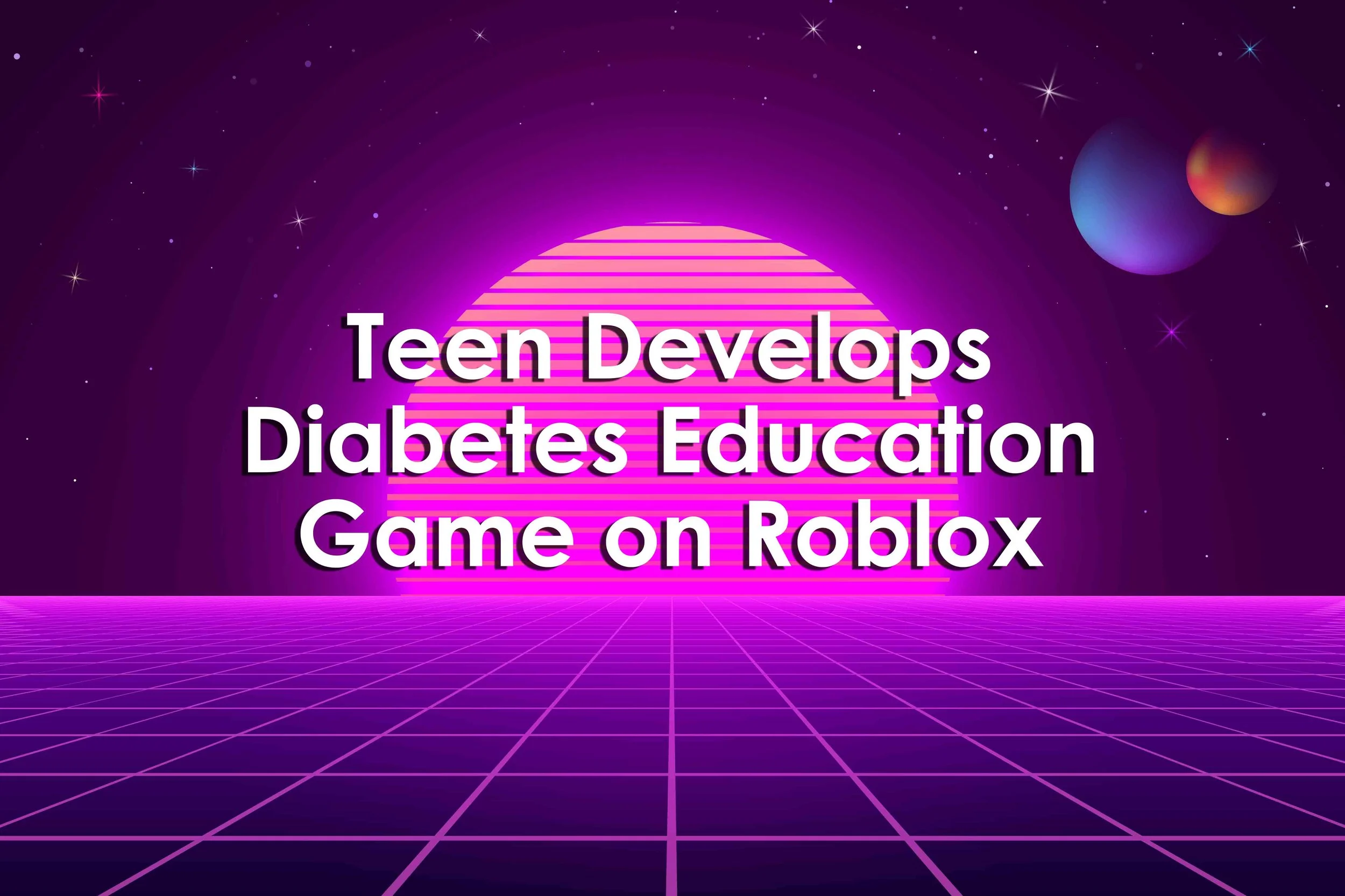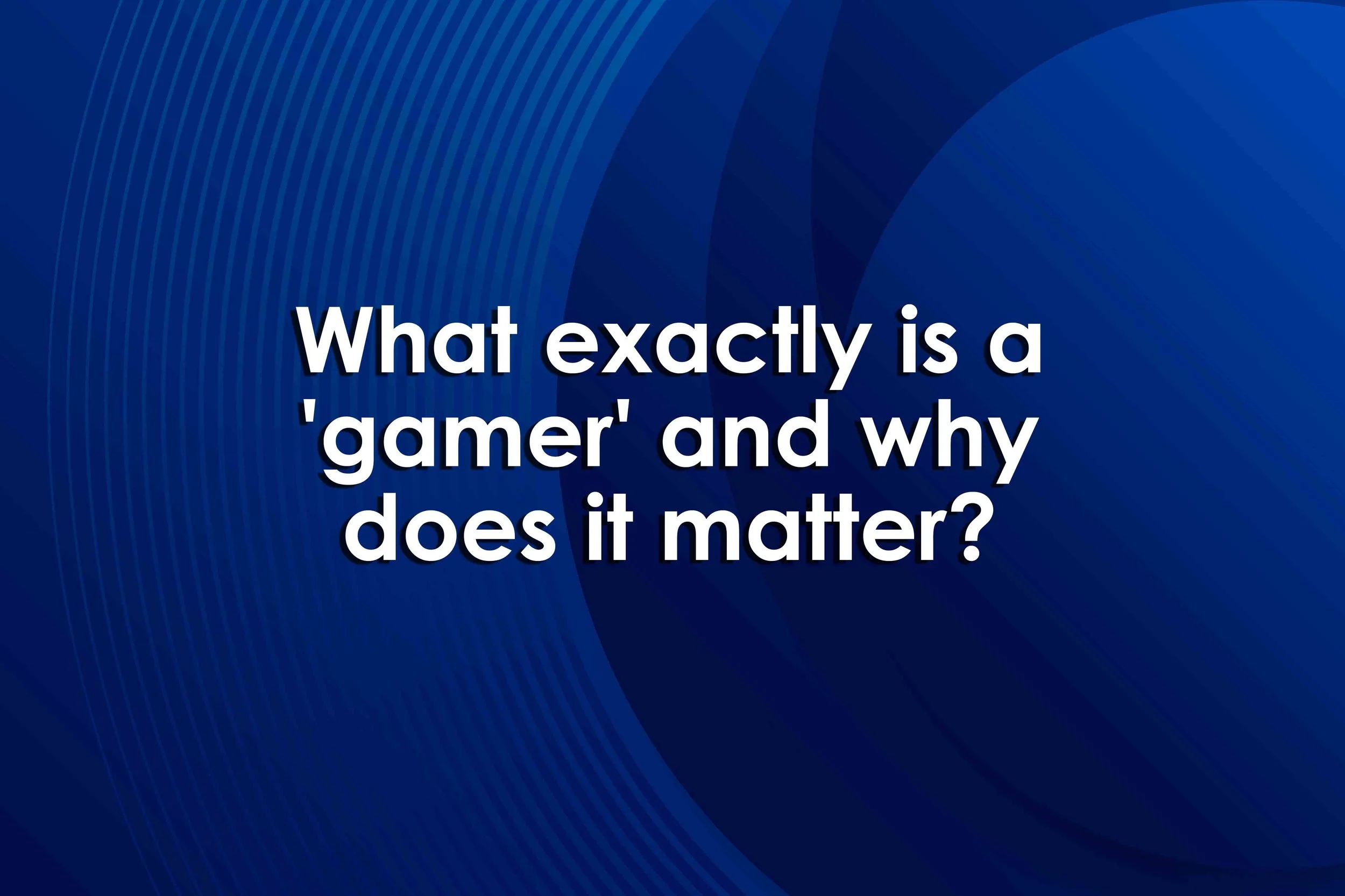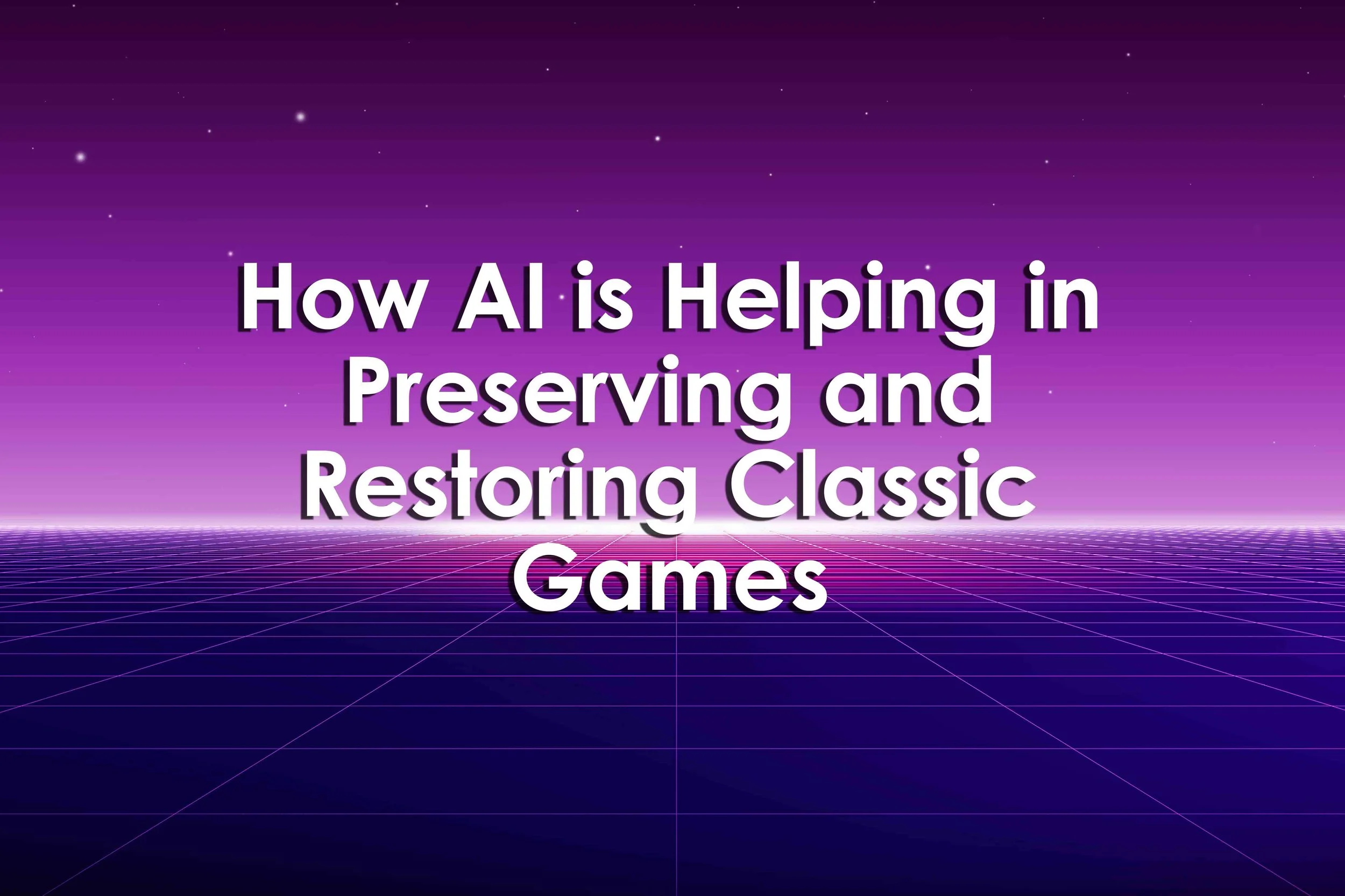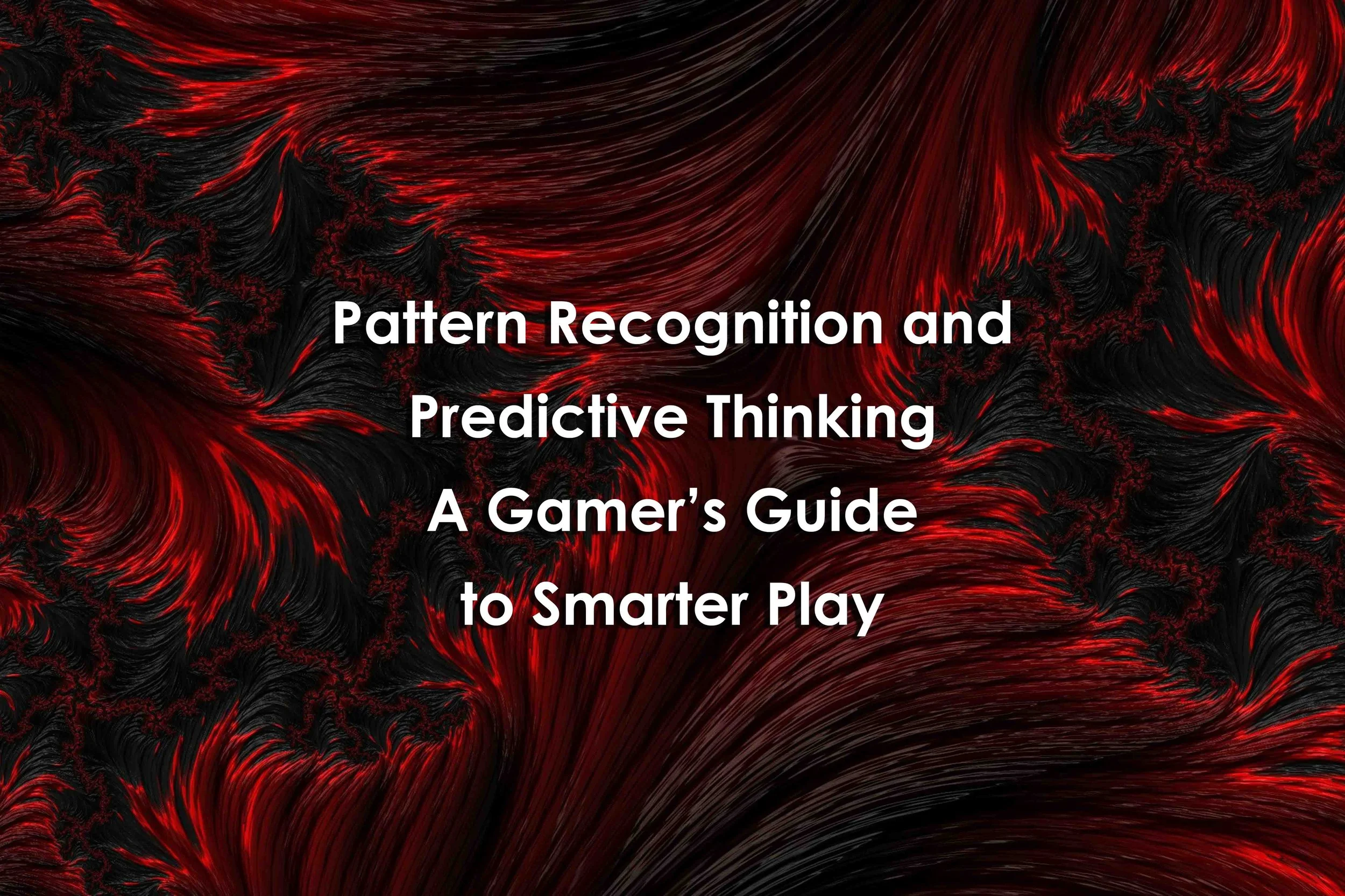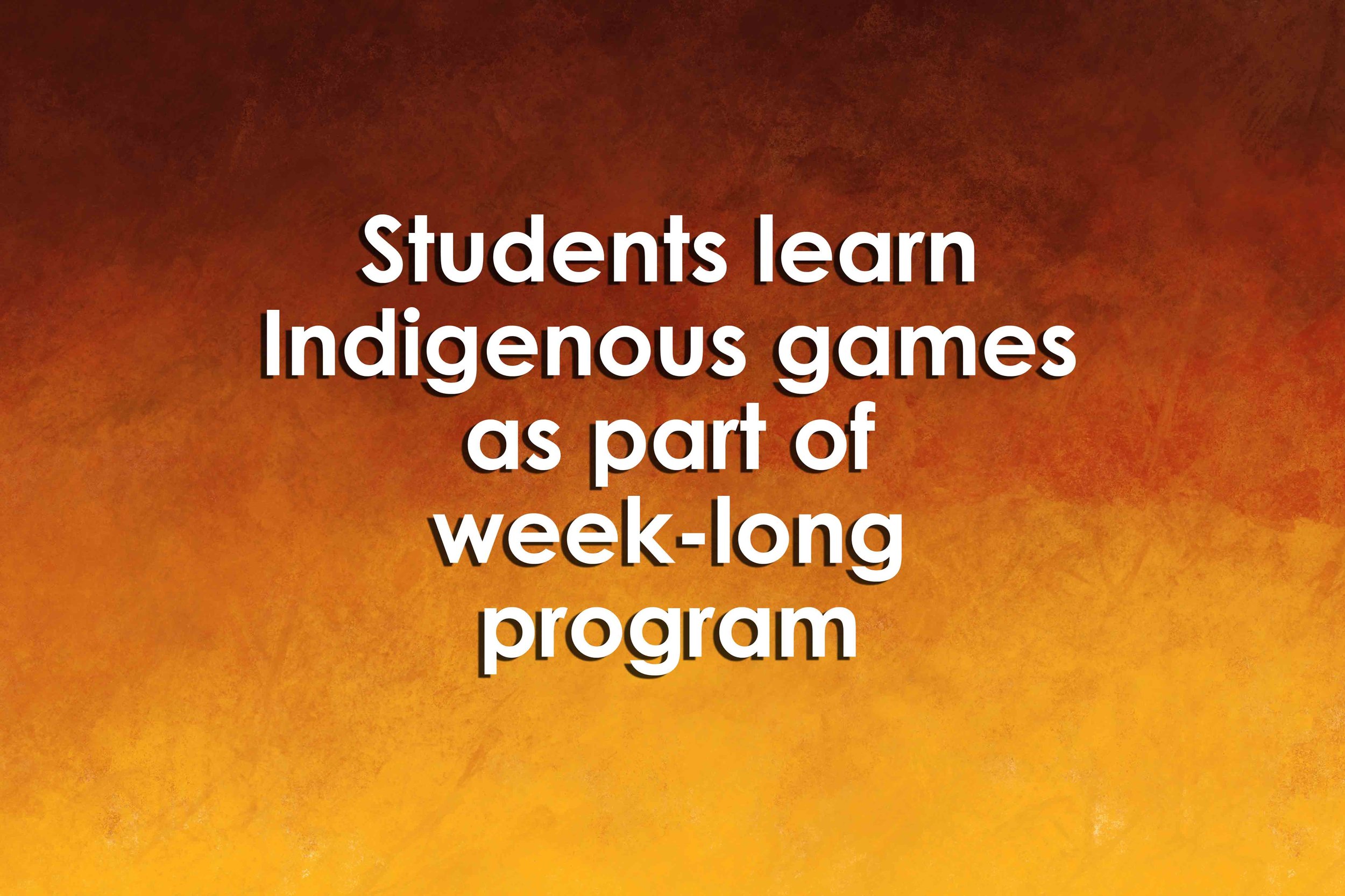Major brands are increasingly using gamification to engage users through interactive ads. Disney, Amazon, and Discord are among the companies incorporating games into their advertising. Disney launched "Quiz Show" and "Beat the Clock" advergames, where users interact with brand content through trivia or rapid-fire games.
Read MoreThe Cove, the Army's professional military education (PME) platform, has launched its biggest upgrade, Cove 4.0. This new version, which debuted this month, incorporates gamification, challenges, leaderboards, and other user enhancements to boost engagement in PME.
Read More"Between," an interactive game designed by Claire Kwong, invites players to sit face-to-face, holding hands to create shifting geometric shapes projected onto a space. The game has no win conditions, aiming instead to foster physical and emotional connections. Kwong, who wanted to overcome her own fear of touch, created this game to explore the underutilized concept of touch as a game mechanic.
Read MoreWhile traveling for a game preview, I encountered an annoying hotel elevator that required a keycard scan to select a floor. The elevator emitted a negative-sounding beep when the card was accepted, causing confusion as it contradicted the expected positive confirmation. This experience highlighted how crucial small auditory and UI cues are in game design.
Read MoreIn India, basic education faces challenges such as enrollment issues, dropouts, and teacher shortages. The pandemic highlighted the limitations of online education, particularly the lack of teacher-student interaction. However, game-based learning, or "Serious Games," which combine education with interactive elements, has shown potential to supplement traditional methods.
Read MoreTeenager Vincent developed a diabetes education game on Roblox to help children understand and manage the condition, inspired by his younger brother Jerome's type 1 diabetes diagnosis. Struggling with the lifestyle changes that followed Jerome's diagnosis, Vincent used his school project to create a fun and engaging way for kids to learn about diabetes.
Read MoreImo Kaufman, a PhD student at the University of Nottingham, explores the complexities of the term "gamer" in her research on gaming culture. Through interviews, she identifies conflicting definitions of "gamer," ranging from inclusive descriptions (anyone who enjoys or plays video games) to more exclusive, negative ones (often associated with white men or toxic behavior).
Read MoreJames Micklethwait, VP at Kahoot!, argues that as technology transforms industries, gamified learning can enhance employee engagement and bridge workforce gaps.
Read MoreGamification, the use of game elements in non-game contexts, is increasingly popular in business to boost engagement and sales. Examples like Temu's spinning wheel and McDonald's Monopoly game illustrate its success in attracting customers.
Read MoreGen Con, one of the largest tabletop gaming conventions, attracted over 71,000 attendees this year, with a focus on increasing inclusivity. Organizers have created spaces for underrepresented groups, such as a BIPOC lounge and mentorship programs, to foster diversity and support marginalized voices.
Read MoreArtificial intelligence (AI) is transforming the preservation and restoration of classic video games, addressing challenges such as low-resolution graphics, poor audio quality, and outdated hardware. AI enhances visual fidelity through upscaling techniques, restores audio by removing noise and recreating lost elements, and improves game emulation accuracy.
Read MoreA study conducted with 1,653 Progressive insurance customers tested strategies to reduce distracted driving, particularly phone use. Participants averaged over 6 minutes of handheld phone use per hour before the study.
Read MorePeter McDonald, UW–Madison Assistant Professor, explores the evolution and cultural significance of 2D platformers in his book Run And Jump: The Meaning of the 2D Platformer. Focusing on the genre's history from Super Mario Bros. to modern indie games, McDonald examines how platformers foster a unique connection between generations of players.
Read MoreIn the paper "Player-Driven Emergence in LLM-Driven Game Narrative," the authors explore how large language models (LLMs) like GPT-4 can enhance game narratives by empowering players to contribute creatively. Instead of replacing designers, LLMs enable dynamic interactions with nonplayer characters (NPCs), offering designers valuable feedback.
Read MorePattern recognition and predictive thinking are key skills for smarter play in online casino games. Players analyze patterns in games like baccarat, roulette, blackjack, and poker to make informed decisions. Recognizing trends, such as repeating sequences in roulette or behavioral cues in poker, can provide a strategic advantage.
Read MoreMastering storytelling is essential in various media, and recent advancements in AI, particularly large language models (LLMs), have sparked interest in their ability to generate engaging narratives. This research introduces GENEVA, a tool that utilizes GPT-4 for creating and visualizing branching narratives in graph format.
Read MoreStudents in the Outland Youth Employment Program learned traditional Indigenous games, including double ball, a sport similar to lacrosse. Shane Dougall, an Indigenous representative at the University of Lethbridge, teaches these games to help kids disconnect from technology and develop skills like hand-eye coordination.
Read MorePeter McDonald, an assistant professor at UW–Madison, explores the philosophies of 2D platformers in his book Run And Jump: The Meaning Of The 2D Platformer. He highlights how indie developers, free from corporate constraints, have revived the intimate spirit of these games, which originated in the 1980s with titles like Super Mario Bros.
Read MoreFridays in my RTI class were dedicated to board games, enhancing students’ numeracy skills through engaging play. Research confirms the benefits of game-based learning, highlighting improved executive functions, reading, and math skills among students who participated.
Read MoreThe first chapter of "Game Science in Hybrid Learning Spaces," titled “Breaking the Barriers of Space and Time,” examines the transformative potential of hybrid education in the post-COVID-19 landscape.
Read More